Evaluating Cost of Capital: A Case Study of Midland Energy Resources
VerifiedAdded on 2023/06/14
|6
|1053
|240
Case Study
AI Summary
This case study provides an analysis of the cost of capital for Midland Energy Resources, a global energy company with operations in oil and gas exploration and production (E&P), refining and marketing (R&M), and petrochemicals. The memorandum aims to determine the appropriate cost of capital to be used across the organization and its divisions. It calculates the weighted average cost of capital (WACC) for various divisions, considering the cost of debt and equity, and recommends using an overall WACC of 8.12% for evaluating projects at the organizational level. The analysis also suggests divisional WACCs of 8.05% for E&P and 9.01% for R&M, reflecting their respective growth expectations. Furthermore, the study discusses the impact of changes in capital structure, interest rates, and tax rates on WACC, recommending recalculation when these factors change. It also explores the potential improvement in WACC calculation by using a 30-year Treasury rate instead of a 10-year rate, resulting in revised WACCs. Desklib offers a platform for students to access this and other solved assignments.
1 out of 6
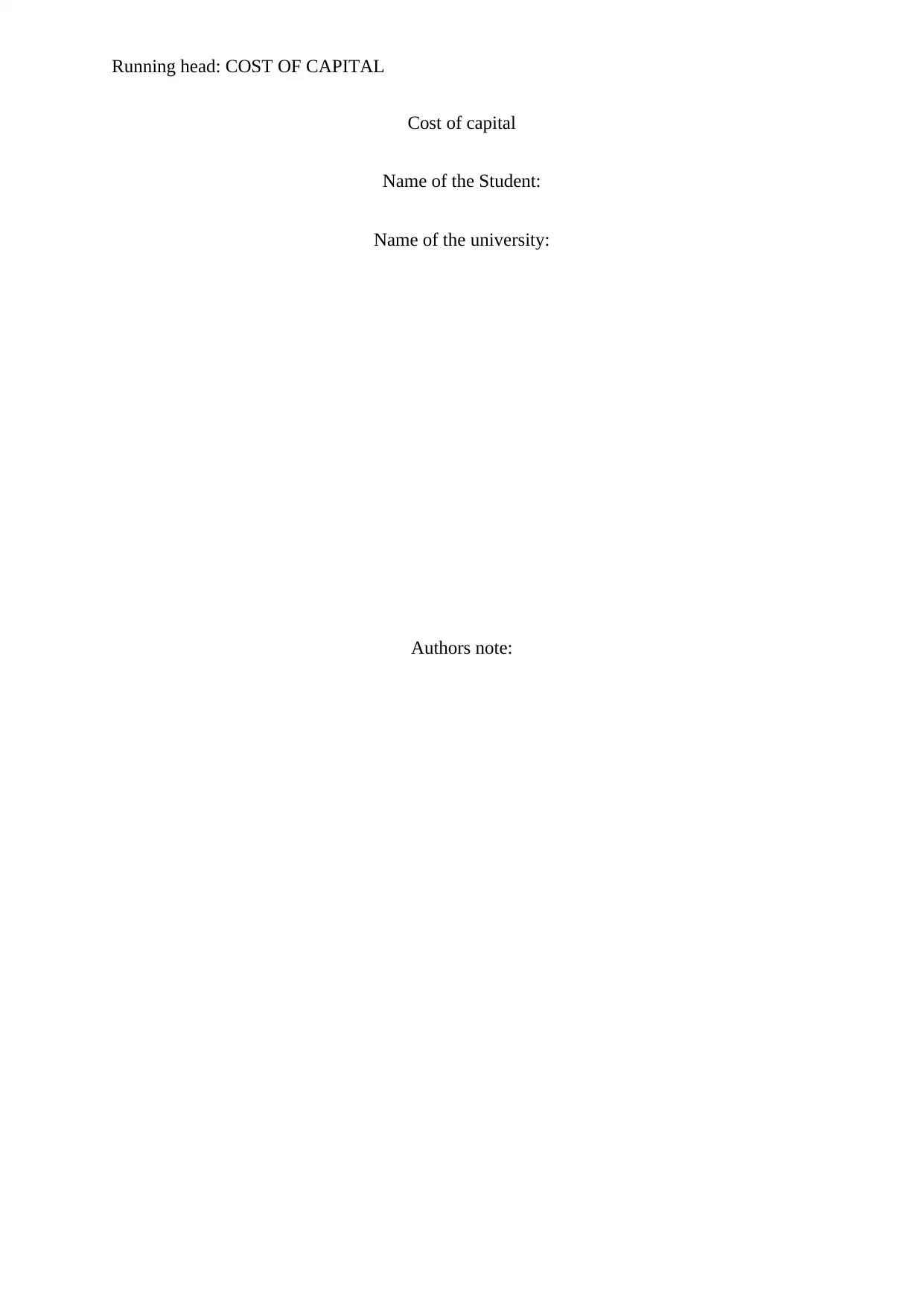
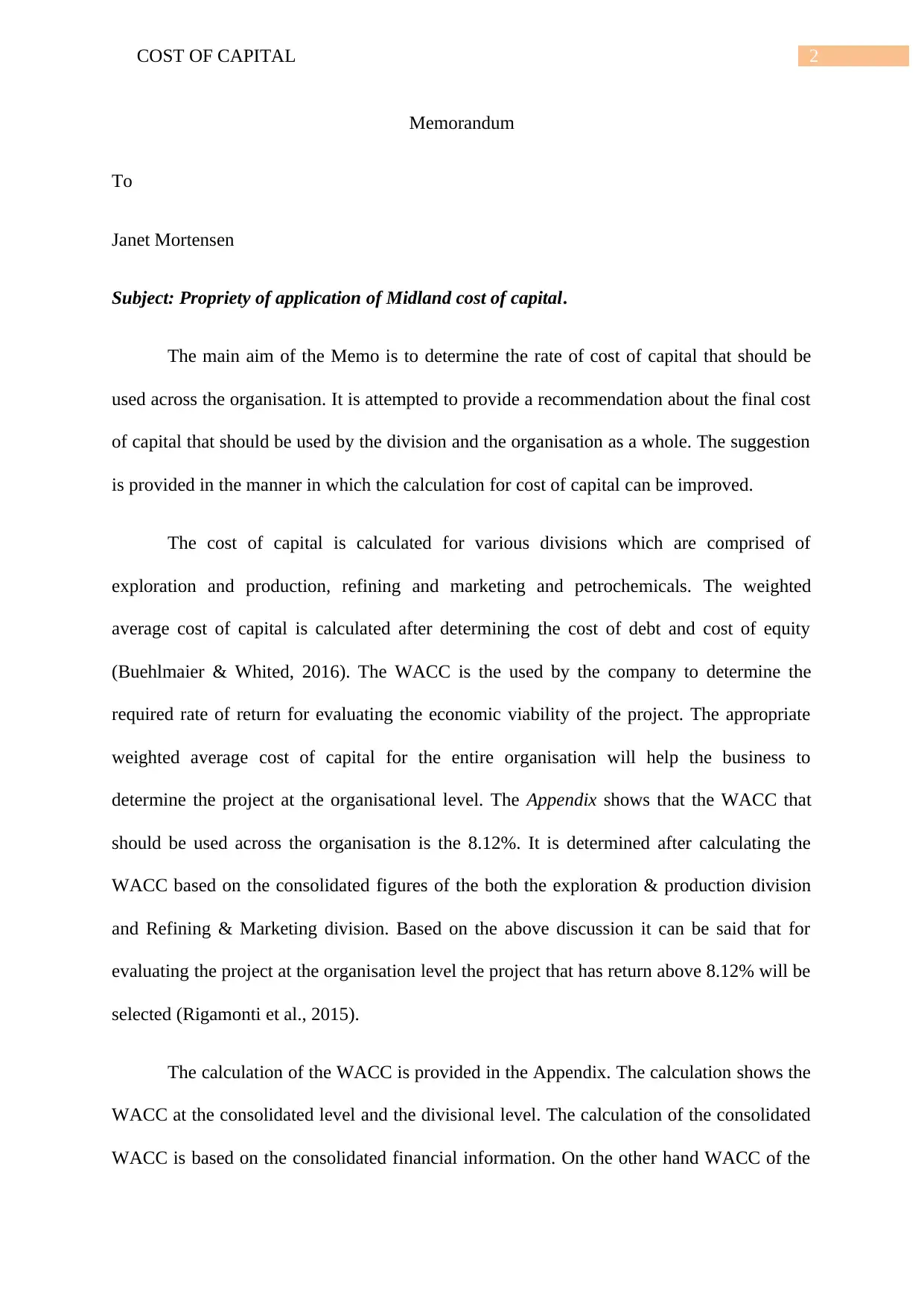
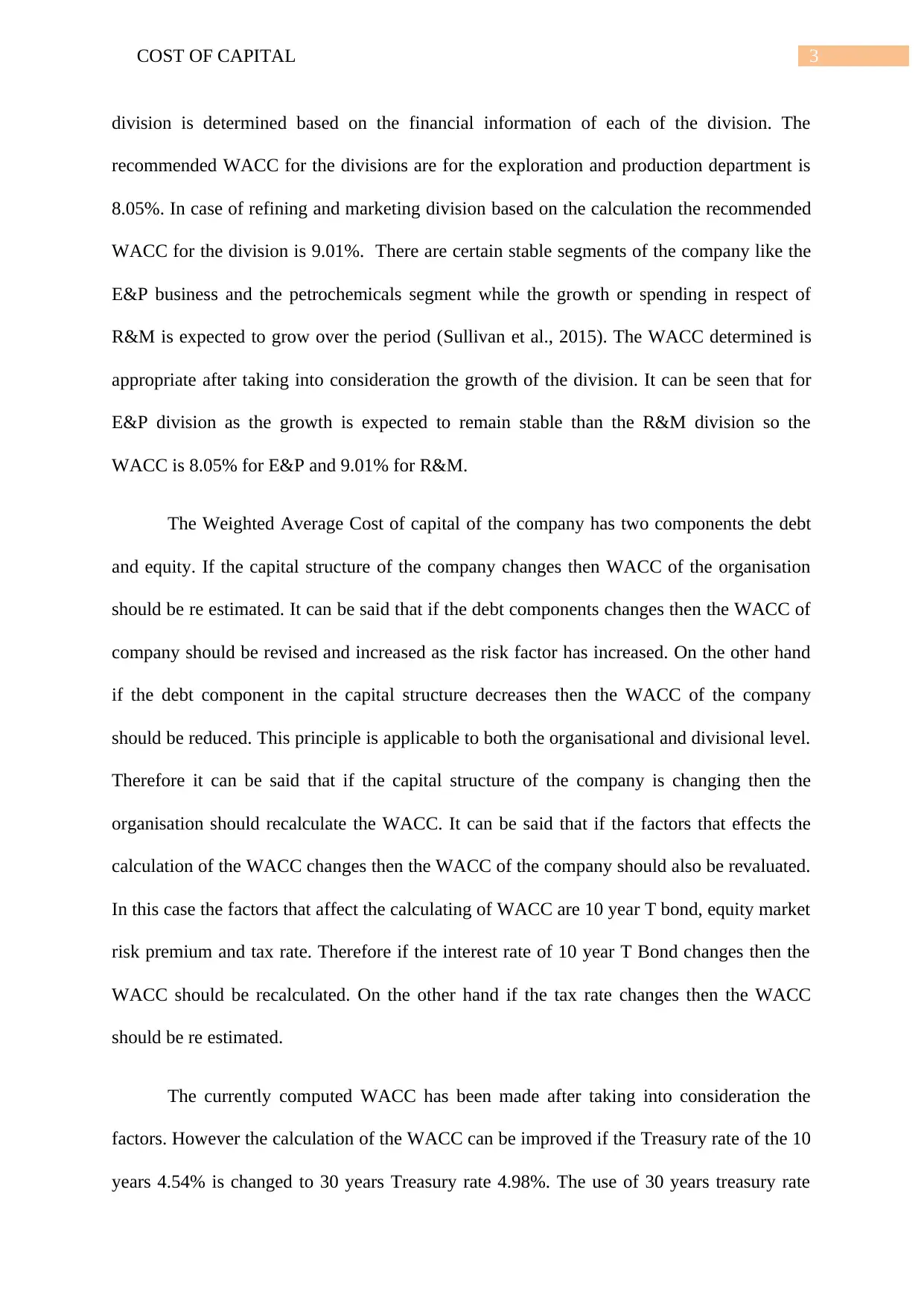

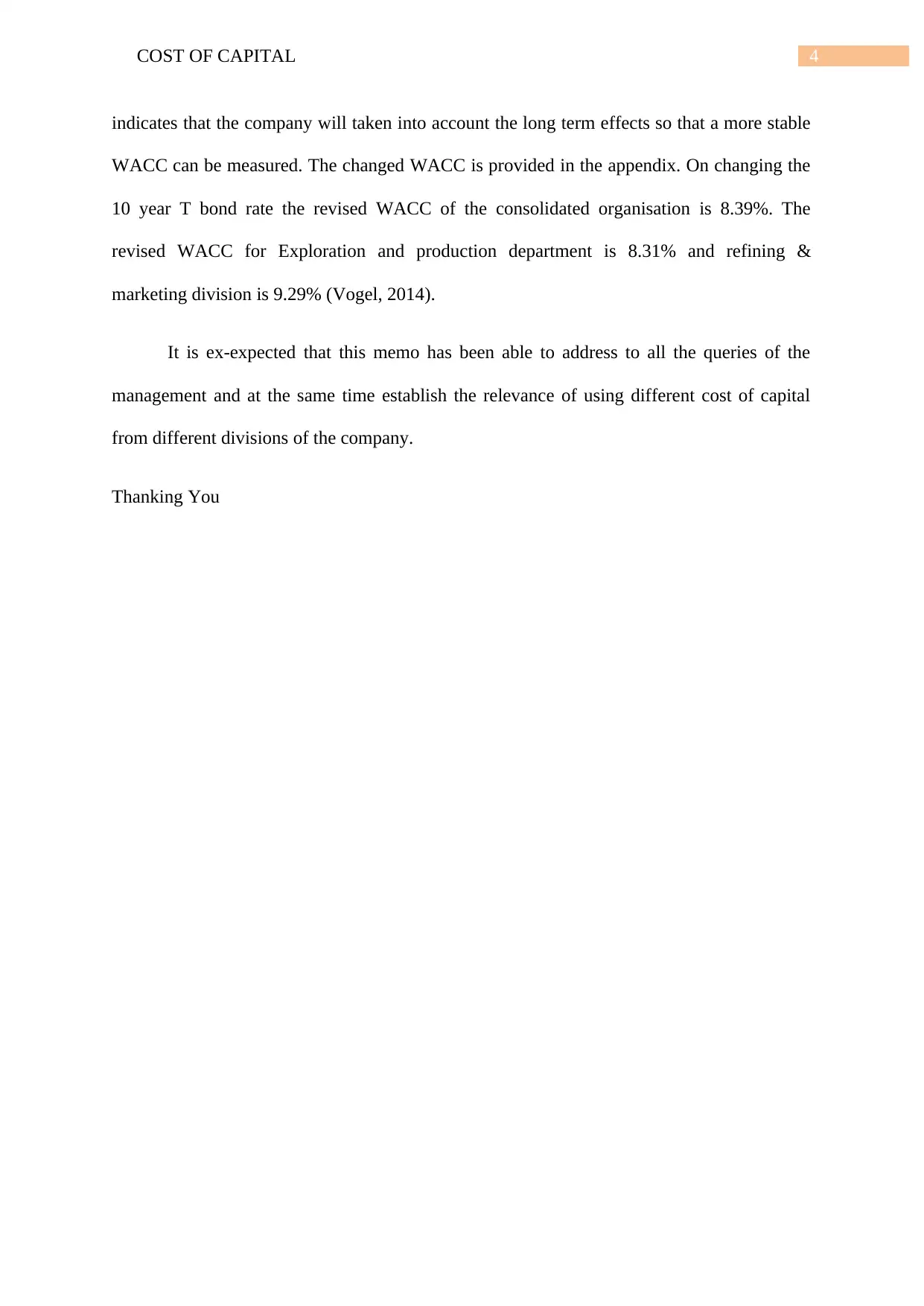
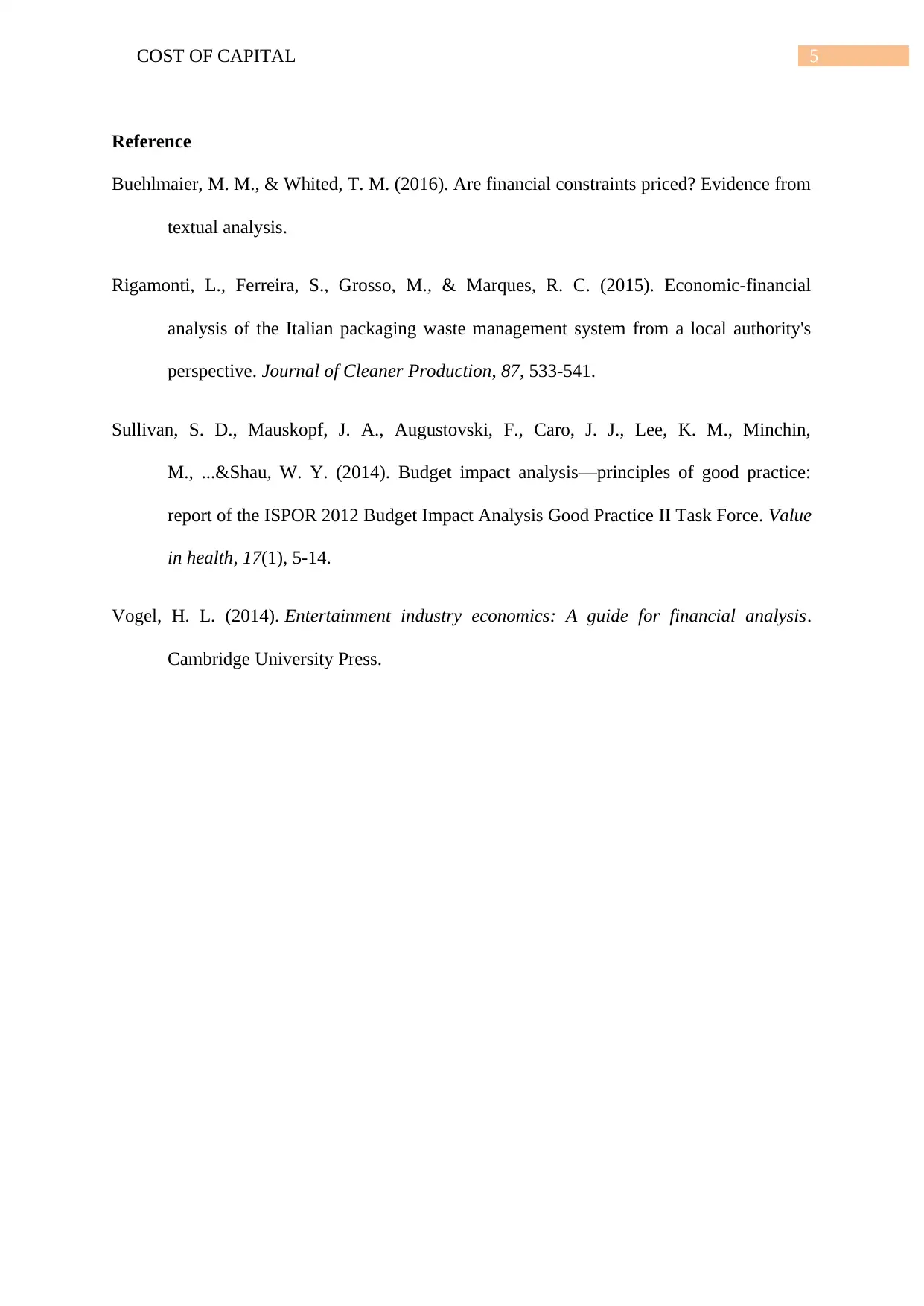
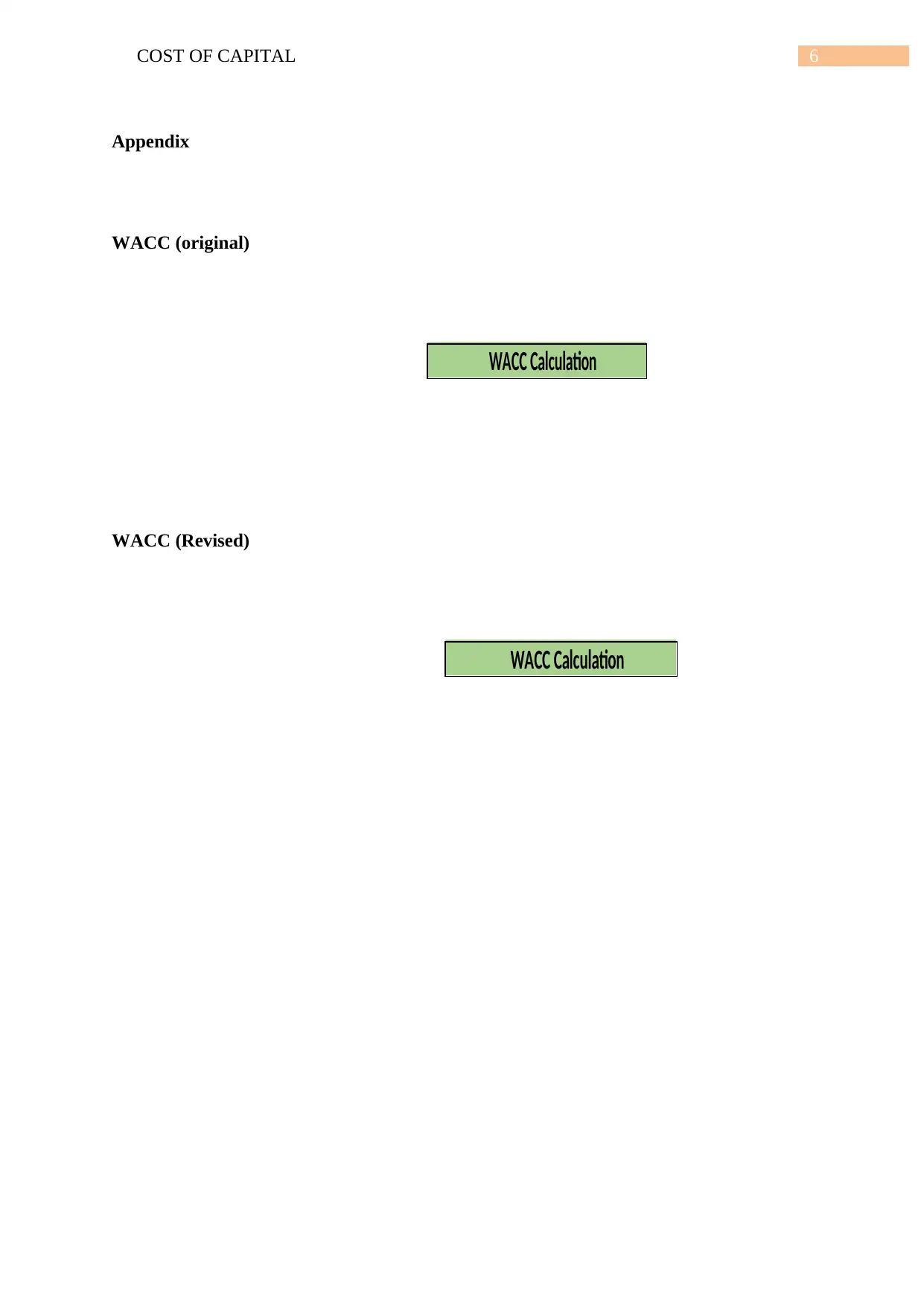





![[object Object]](/_next/static/media/star-bottom.7253800d.svg)